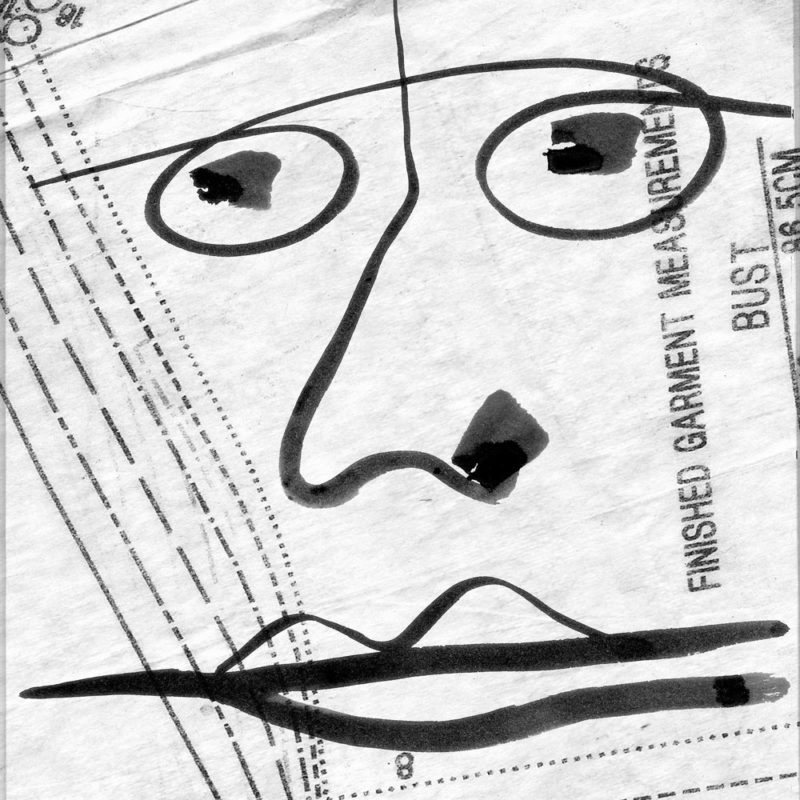“My aim as an art educator is to promote creative outputs as expression, therapy, play, discovery, experimentation and interaction”
For as long as I can remember I have felt ‘different’, which in my early career as a designer and maker I put down to coming from a dual heritage background growing up in 1980’s post-Punk Britain and studying in an almost all-white art college. In retrospect, I recognise that personal trauma, fundamental life changes and my neurodiverse brain type have also shaped my identity in nuanced ways that leave me with more questions than answers relating to my sense of self. As a lifelong learner I have adjusted to progressive, digital ways of working, communication and interacting but as an educator nothing can replace the rewards of working with people face-to-face in real time, making, collaborating and connecting with diverse minds and audiences.
Through her current research at the Royal College of Art ‘exploring links between drawing and dyslexia’ Qona Rankin has recognised a common misconception that dyslexic brain types are automatic visual thinkers and therefore naturally able to record the world in image form. Her findings raise questions concerning definitions of ‘visual thinking’ and how established knowledge might be challenged to enhance the experience of students pursuing education in the visual arts. Elizabeth Kealy-Morris (2014) describes an “identification of the ways in which exploration of identity through auto ethnographic, creative and pedagogic methods encourages an expanded field of self-knowledge, self confidence and sense of creative self.” My multidisciplinary practice, research and pedagogy are the lens through which I explore questions surrounding identity, belonging, authorship, and how creative thinking works on a neurological level, with particular interest in the connections between drawing and neurodiversity.
James Baldwin’s extensive writing on critical race theory has always resonated with my approach to creative practice. “Identity would seem to be the garment with which one covers the nakedness of the self; in which case, it is best that the garment be loose, a little like the robes of the desert, through which one’s can always be felt and sometimes discerned. This trust in one’s nakedness is all that gives one the power to change one’s robes.” (1978) This quote provides a visceral sense of the challenges and sensibilities that thinking, making and diversity present. The use of fabric as a metaphor for the layers we build around ourselves is immediately relatable. Links between fabric production and consumption have always been of interest to me, on a personal, historical and sociopolitical level, and this is even more relevant on a global scale within the context of the current climate crisis. During the Covid-19 lockdown I had the privilege of working with neurodiverse students as a trainee teacher in secondary school. However, problems and frustrations arose from a rigid educational framework that seemed to be designed in order to pigeon-hole, rather than promote creative thinking.
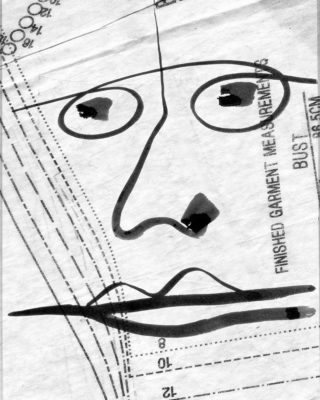
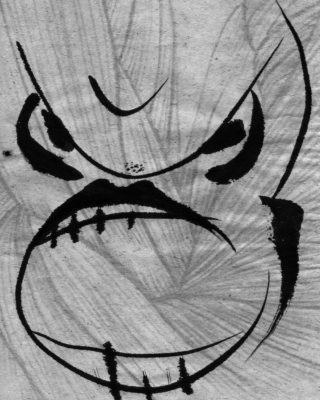
“Providing opportunities for students to make, express, explore and experiment in a free way, with no limitations of what is ‘good’ or ‘bad’, should be the purpose of creative education”
My experience of teaching art and design in mainstream education under a behaviourist teaching model that does not fit with my own constructivist ethos motivates me to address the gap in art education. Now I promote activities based around play and discovery, placing individual students and experimentation at the centre of learning. The established pedagogical model that requires SMART learning outcomes simply does not fit with the ways that individual creativity evolves. Broadly speaking there is a lack of understanding of “the connection of perceptual skills to general thinking, problem solving, and creativity” (Edwards, 2012) within curriculum design. Teaching observational drawing skills as a minimum to build right brain, creative thinking in inclusive environments is an approach that encourages student autonomy and ownership to foster positive educational experiences. I taught classes where ‘low achieving’ students were not adequately supported resulting in compounding barriers to learning. Many students were also disengaged because of the rigid learning objectives and success criteria.
For me, providing opportunities for students/participants to make, express, explore and experiment in a free way, with no limitations of what is ‘good’ or ‘bad’, should be the purpose of creative education. Being immersed in making on a multi sensory level, engaging with materials, papers, colours and the environment, is when I see the smiles, pride, confidence and a recognition of success. As a trainee teacher I remember a student who was labelled as ADHD, often chastised or excluded from lessons for talking too much or not following instructions. I was inspired by the creativity of this student as he explored printmaking over a two week period, to the point where he gave up several break times to come back to the classroom to work. His thinking was ‘outside the box’, he experimented with materials and methods and focussed his thinking in a way that was not always recognised or encouraged during busy lesson times. For me this is what creative learning is about. This young artist did not get extra marks for expanding his knowledge and using his initiative; unfortunately the success criteria only required that he perform a basic task.
Currently I teach in a privately run provision in Kent for children with dyslexia and cooccurring issues. This role is one of the most rewarding experiences I’ve had as an educator. Pupils are valued as individuals, for their unique talents and personalities. The school ethos is to create a rich, interactive, multi-sensory learning environment where students feel less pressure to ‘perform’ and ‘achieve’ but empowered to express, to be honest with themselves and others and to harness their unique gift as neurodiverse thinkers. An artistic approach and visual thinking is central to the success of my pupils as they learn to harness and navigate the strengths and limitations of their dyslexic brain type. Societal stigmas and educational barriers are still present that work to corrode the self esteem of dyslexic people, but through creative practice and learning to adopt a growth mindset, as coined by Carol Dweck (2015), my students go on to become confident, successful scholars.
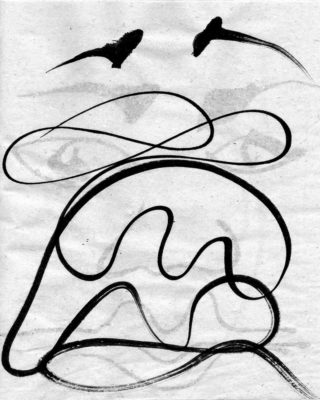
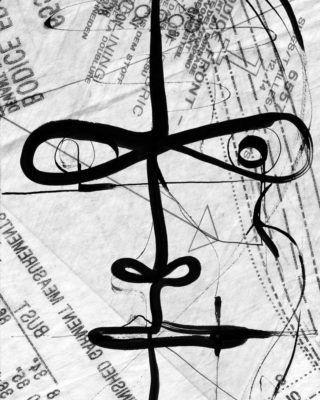
In relation to sensory interaction with physical materials the educational theorist Addison (2010) comments on the process of embodiment and the production of art works as a physical experience in which the body of the maker is active. She defines this visceral experience as “inscribed in the object through the traces of its actions as the maker transforms materials into some concretisation or crystallisation of an idea”. Art work is an extension of the maker, it is a unique, physical representation of his or her thoughts and ideas. If we can teach students to value their art work for its unique qualities it may serve to build confidence that could extend into other areas of their education. Addison also (2010) refers to “the current obsession with lens-based representation communicated through the screen [that] can be complemented by the inescapable truth of the full sensory nature of what it is to be human, what it is to be simultaneously of and in the world.” This perfectly describes what effective art education is for, and why it is crucial that we communicate and promote the value and meaning of its inclusion for a holistic educational experience for all students, regardless of their background or ability. In a digitised age interaction with physical materials can help people feel more connected to, and influential in their immediate environments and the wider world. Physical and multi sensory experiences help us understand how we are part of nature and the physical world we inhabit.
My aim as an art educator is to promote creative outputs as expression, therapy, play, discovery, experimentation and interaction. I want to facilitate communities of learning through collaboration; to create and make, move and breathe in spaces that are a reflection and basis of innovation that has lost in target lead, mainstream, secondary education. Kealy-Morris (2016) expands, “students will more and more feel part of the community of learning, that their opinions matter, that the work they are engaged with in the studio has meaning and worth to their lecturers’ research, writing and teaching. Mistakes and imperfections are part of the design process, even for staff. Tenacity and resiliency may grow along with confidence and independent enquiry”. To this I concur and it is crucial that we work towards accepting difference and recognise the richness that individual experiences, cultures and personalities can bring to creative environments.
References
Addison, N., Burgess, L., Steers, J., and Trowell, J. (2010) Understanding Art Education: Engaging Reflexively With Practice. London:
RoutledgeDweck, C. (2015) ’Carol Dweck revisits the growth mindset’ Education Week Vol. 35 (5) pp. 20-24
Edwards, B. (2012) Drawing on the Right Side of the Brain, 4th Ed., London: Penguin
Kealy-Morris, E. (2014) Making as collaborative pedagogical and creative practice. International Journal of Art and Design Education Conference, ‘Collaborative Practices in Arts Education’, Liverpool Tate
Kealy-Morris, E. (2016) The artist’s book: making as embodied knowledge of practice and the self. University of Chester degree of PhD
Learn more about Sarah’s work by following @_sarahee_
